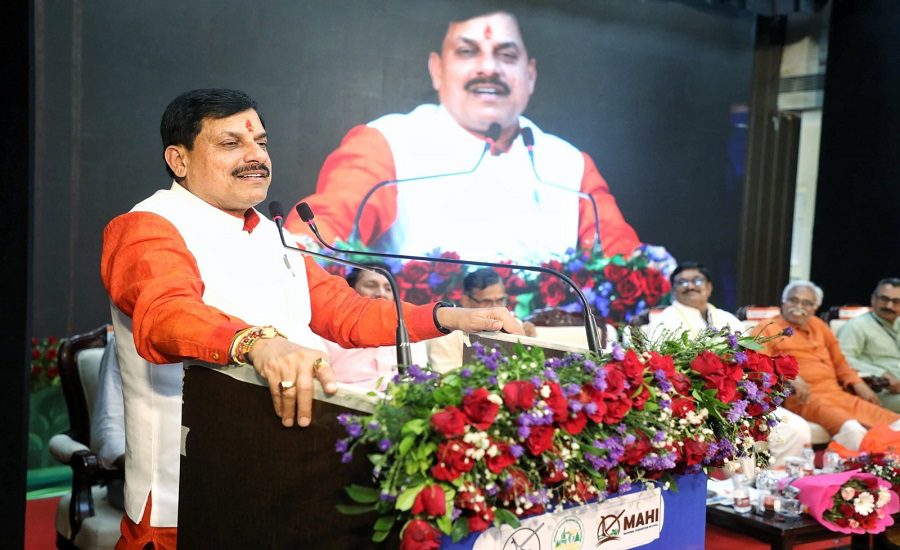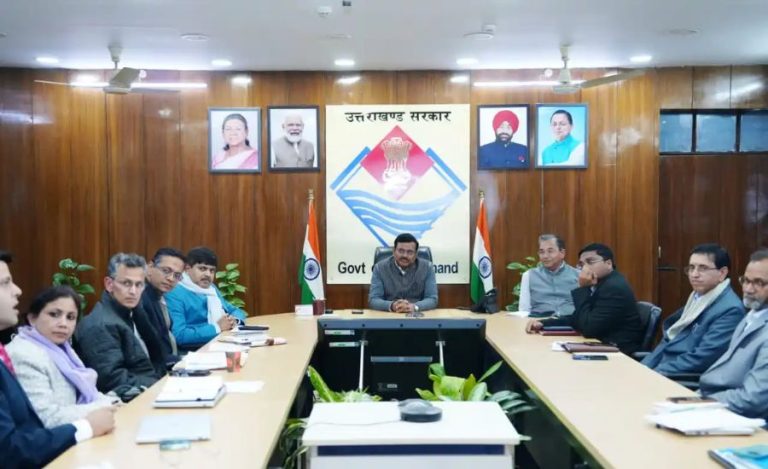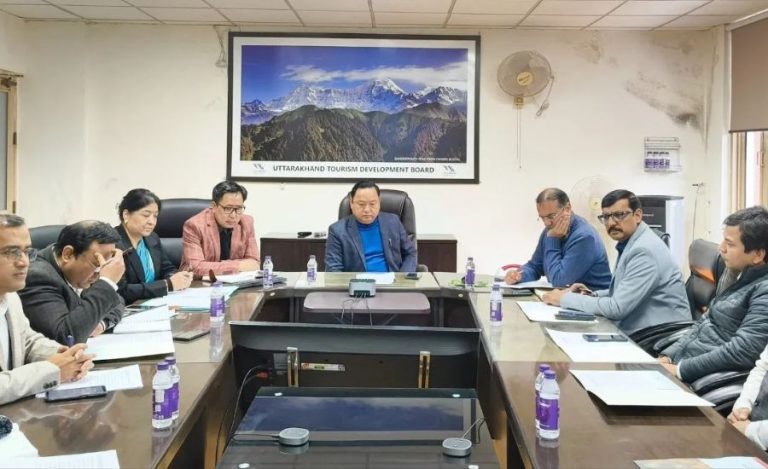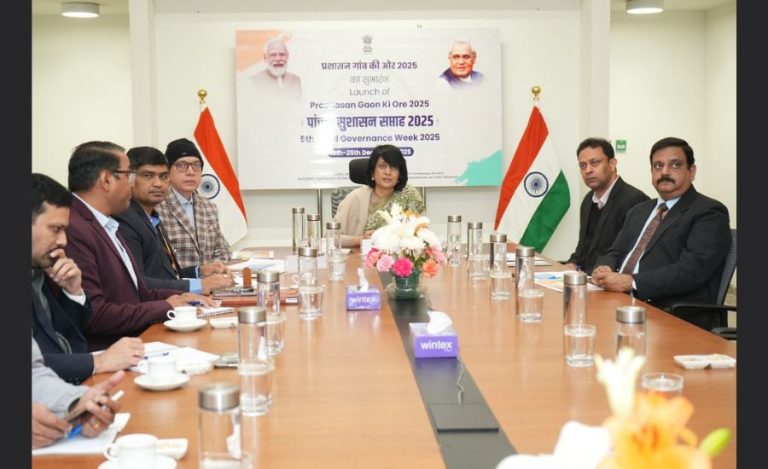Bhopal: In a major announcement that could reshape India’s position in the global strategic mineral landscape, Madhya Pradesh Chief Minister Dr. Mohan Yadav declared that the state is poised to become a hub for critical minerals, following the discovery of substantial rare earth element (REE) reserves in the Singrauli district.
Dr. Yadav emphasized that this discovery will not only boost the state’s industrial development but also support India’s vision of becoming self-reliant (Atmanirbhar) in the fields of green energy, electronics, and defense technology, significantly reducing dependence on countries like China.
“Capital of Critical Minerals” Alongside Energy Capital
Addressing the media and officials in Bhopal, CM Yadav stated,
“Madhya Pradesh will no longer just be the energy capital of India, but also the capital of critical minerals. This is a significant step toward placing India among the top global players in high-tech industries.”
His remarks followed the recent Parliamentary announcement by Union Minister for Coal and Mines, G. Kishan Reddy, confirming the first-ever discovery of REEs in such large quantities in India.
A Big Leap Toward Atmanirbhar Bharat
Rare earth elements, which form the backbone of modern technological applications, have so far been largely imported from China, which dominates global supply chains. The Singrauli discovery promises to reverse this dependency.
According to Dr. Yadav, this will:
- Strengthen India’s green economy initiatives
- Boost the domestic defense and electronics manufacturing sector
- Accelerate the Make in India and Atmanirbhar Bharat programs
Singrauli: The Emerging Critical Mineral Hub
Research conducted by Coal India Limited revealed high concentrations of REEs such as scandium, yttrium, neodymium, and europium in both coal and surrounding rock formations in Singrauli.
- REE concentration in coal: ~250 ppm
- REE concentration in overburden (non-coal rocks): ~400 ppm
The official confirmation came in July 2025, and experts say the ash and overburden from coal mining could become secondary sources for critical minerals in the future.
Strategic Collaboration with Indian Rare Earths Limited (IREL)
In response to the discovery, the state government is accelerating infrastructure development for REE processing and research. A delegation from the Department of Mineral Resources recently visited the IREL Bhopal unit to discuss collaboration.
Plans are underway to establish a Centre of Excellence on Rare Earth Elements to support:
- Research and innovation
- Training and manpower development
- Industrial applications
- Global Impact and National Significance
- With this discovery, India is expected to:
- Reduce import dependency
- Strengthen its strategic autonomy in technology and defense
- Become a key player in the global green energy transition
“This discovery will turn India into a global leader in the electric vehicle, defense, and renewable energy sectors,” the Chief Minister said.
Understanding Rare Earth Elements and Their Uses
Rare Earth Elements (REEs) include 17 chemically similar elements vital to high-tech applications. Key uses include:
- Defense & Aerospace: Neodymium and samarium-cobalt magnets in missile systems, radar, and satellites
- Green Energy: Used in EV motors and wind turbines
- Electronics: Europium and yttrium in LEDs, LCDs, and display screens
- Healthcare: Gadolinium in MRI contrast agents; lutetium and yttrium in cancer treatment
- Petroleum refining: Lanthanum and cerium for automobile catalytic converters
- Automobiles: Lanthanum-based alloys in hybrid vehicle batteries
- Steelmaking: Mishmetal (a mixture of REEs) enhances steel properties
Geological Formations and Future Prospects
REEs are typically found in minerals like monazite, bastnaesite, xenotime, and loparite, and are present in:
- Coal seams
- Weathered granites
- Coastal sands and sedimentary deposits
Geologists believe that Singrauli’s unique geological setting could lead to further exploration and economic extraction of these strategic resources.




























